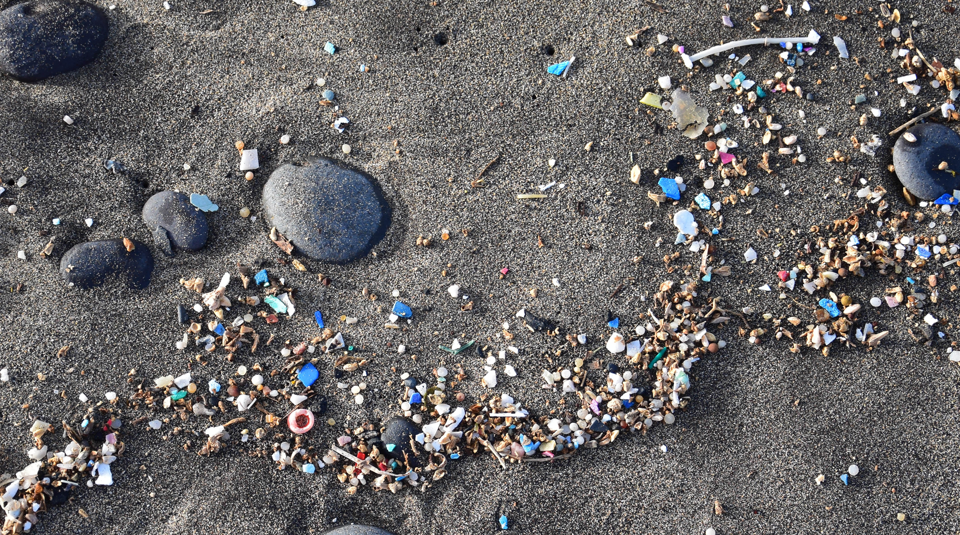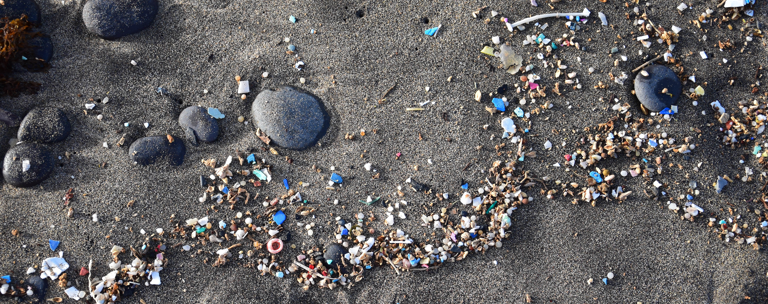Research jointly undertaken by ESR expert Dr Olga Pantos highlights the ongoing threat posed by microplastic pollution to marine ecosystems around Aotearoa, reiterating the importance of reducing plastic use.
The Carpark to Cockles project led by Northland Regional Council traces the journey of plastic products at Northland beaches that haven’t been disposed of properly, ending up in the sea and disintegrating into microplastics along the way. Microplastic can be found virtually everywhere, with marine surface trawls in the region identifying pollution from acrylics and other sources.
No matter how strong it seems, plastics will succumb to the power of nature’s forces and break into smaller and smaller pieces over time. As the researchers note, ‘reducing consumption crucially mitigates pollution. Acquiring only necessary items significantly decreases plastic’s lifecycle pollution from extraction to disposal’. All plastic has the potential to become pollution, from the moment the polymers are formed to the end of an items useful life, and all moments in-between.
The study complements other research done by the AIM2 project, part of the larger project. To find out about the team’s specific findings in Northland, check out the Northland Regional Council’s Story Map.
“Most people would expect to find microplastics in places like the Waitemata Harbour which are densely populated and well-used. But what was sobering was when we found microplastics in the surface waters of some of the most inaccessible parts of the country’s coastline, including Fiordland,” says Olga.
The term ‘microplastic’ sounds innocuous but the harm caused by these plastic particles is anything but. It is their small size (<5 mm) that make these plastic particles so dangerous, able to evade filtering processes and incredibly challenging to remove from the environment once they are there. One particularly thought-provoking element this Northland study highlights is the large quantity of microplastic pollution caused by plastic products that could readily be recycled, or could have avoided ending up in the environment had they been disposed of properly.
Olga says it’s also important to remember the harm plastics cause in marine environments long before they disintegrate into microplastics, evidenced in a sobering clip she filmed of a small fish trapped in a plastic container, stranded high above the low tide in the baking sun.
“This Earth Day is a good opportunity to think about the products you use and if they contain plastic, and what non-plastic alternatives could be used instead. But first decide whether you really need them at all as not using them makes the biggest impact of all. Even non-plastic items use resources and create waste at the end of the day.”
And if you’re in the shed and find a disintegrating plastic product like an old single-use bag, be sure to collect the pieces carefully and dispose of them in your household rubbish instead of hosing them down the drain tempting though this may be. After all as this study highlights, what is put down the stormwater drain ends up in the sea.

